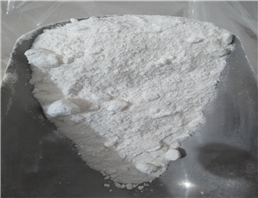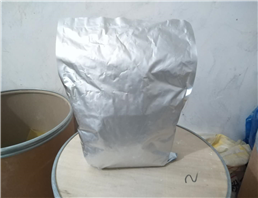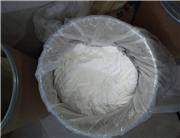The product description
Health tea polyphenol EGCG 98% 84650-60-2 anti-cancer weight loss medicine
Quick details
Product name: EGCG, epigallocatechin gallate
Alias: EGCG; (2 r, 3 r) - 5, 7 - dihydroxy - 2 - (three, four, five - trihydroxyphenyl) - 3, 4 - dihydro - 2 h - chromen - 3 - yl three, four, five - trihydroxybenzoate
Use part: leaves
Active ingredients:
EGCG, epigallocatechin gallate
CAS no. : 84650-60-2
Molecular formula: C22H18O11
Molecular weight: 458.3717
Specifications: 98%
Storage: Store in an airtight container in a cool and dry place. Protect against light, moisture and pests
Shelf life: 2 years after proper storage.
Packing: 25KG/ drum.
Introduction of tea polyphenols
Tea polyphenols are naturally occurring compounds such as flavonoids and tannins in tea. The polyphenol content of tea varies depending on how the tea is harvested, handled, processed and brewed. These compounds are believed to be beneficial to human health, and they are the basis of many claims about the health benefits of tea. As with many natural compounds that appear to be beneficial to human health, tea polyphenols are difficult to isolate and study in isolation, and some researchers believe their actions in the body may actually be the result of several compounds acting together.
Benefits of tea polyphenols
Polyphenols are definitely antioxidants, which means they can reduce the risk of coronary artery disease and many other health problems. Polyphenols found in tea have also been linked to reduced cancer as they appear to block the action of some cancer-related enzymes. Because cancer is so complex and influenced by many environmental and genetic factors, scientists are reluctant to say that tea polyphenols definitively prevent cancer, although tea drinkers do seem to have lower cancer rates after controlling for other apparent factors, such as diet. Used to evaluate data.
Polyphenols found in tea also seem to inhibit the growth of harmful bacteria while promoting good bacteria in the gut. The Chinese tradition of multiple meals and drinking tea after multiple meals may be related to this activity, as food can be a major source of bacterial infections if not handled properly, and drinking tea with food can reduce the risk of infection.
Tea polyphenol COA:
Article specification method
Physical properties Brownish yellow powder Brownish yellow powder
Particle size NLT100% through 80 mesh GB 5507-2008
Drying weight loss ≤5% GB 5009.3-2010
Ash is 5% or less of GB 5009.4 2010
Bulk density 40-60g/ 100mL
Pesticide residues
666 < 0.2 PPM GB/T5009.19-2008
DDT & lt; 0.2 PPM GB/T5009.19-2008
Heavy metal
Total heavy metals ≤10ppm CP2010
Arsenic PPM CP2010 2 or less
Lead 2 PPM or less CP2010
Mercury PPM CP2010 2 or less
Microbiological testing
Total number of boards ≤ 10000CFU /g GB 4789.2-2010
Total yeast and mold ≤300cfu/g GB 4789.15-2010
E. coli negative GB 4789.3-2010
Salmonella negative GB 4789.4-2010
Staphylococcus negative GB 4789.10-2010
Relationship between tea polyphenols and tea aroma
Tea flavor is also affected by tea polyphenols. Tannins are high in black tea and low in green and white tea, giving tea its distinctive dark and bitter taste. Other polyphenols can also change the color of tea, making it redder or browner depending on how it is treated, and the subtle and distinctive flavor of well-processed tea is partly attributed to polyphenols.
Tea polyphenols in other plants
Chemicals identified as being present in tea can also be found in other plants. In other words, tea polyphenols are not limited to tea; in fact, they are found in most plants. Grapes are another excellent source of these antioxidant chemicals, as are bright fruits and vegetables. Eating a diet rich in plant materials can confer many health benefits, including the benefits of polyphenols.
Labels: Fat-burning drugs, top weight loss supplements, weight loss steroids

 China
China




